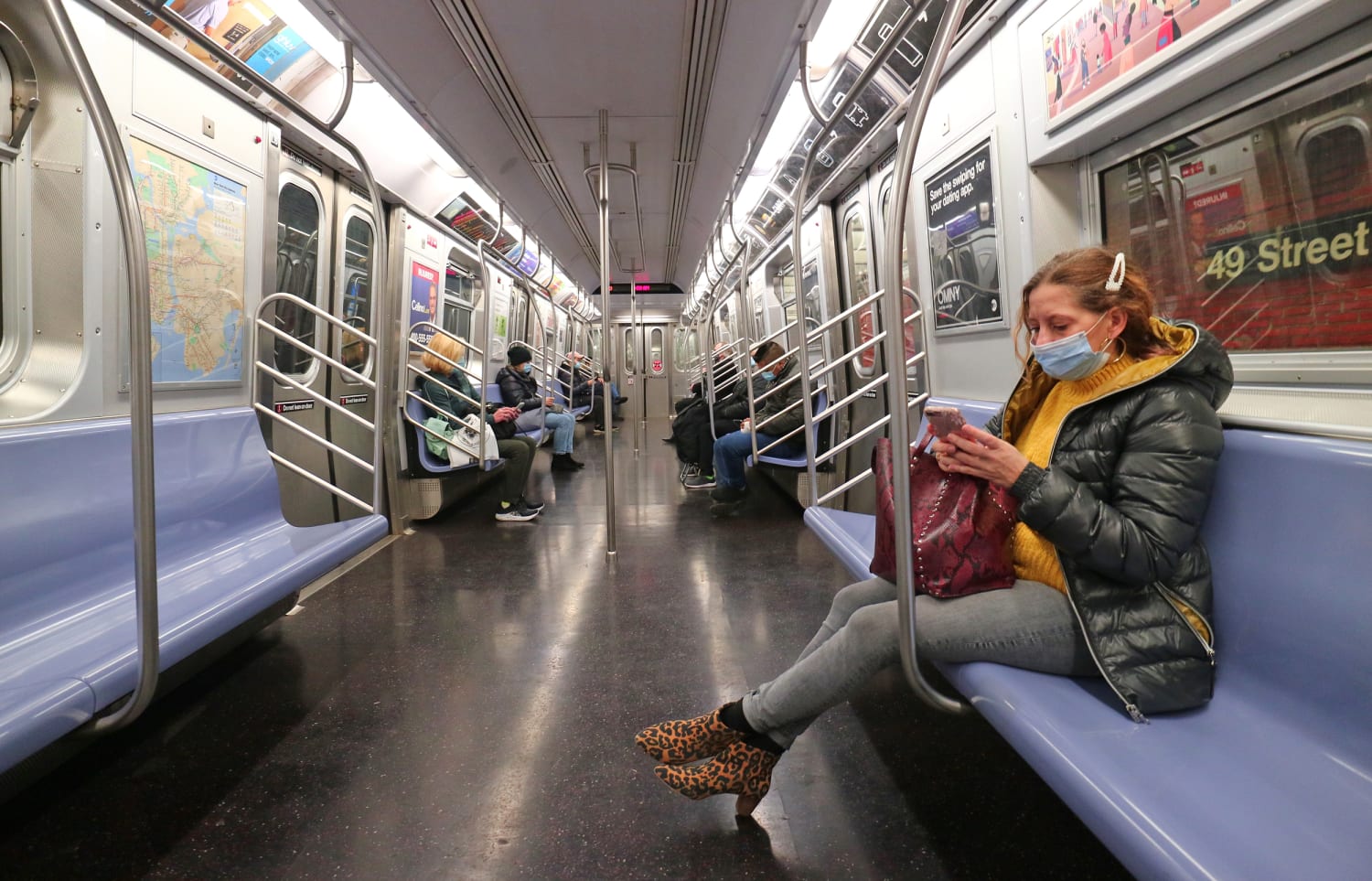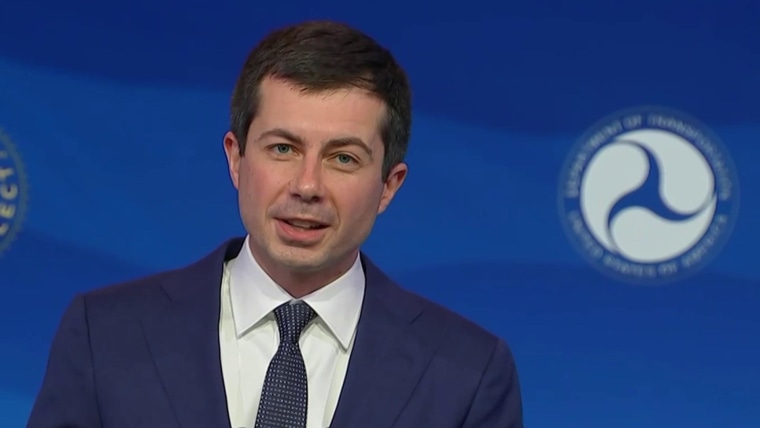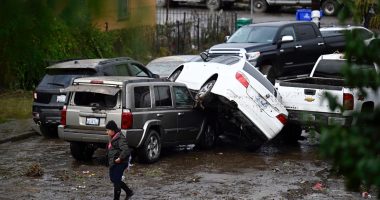The Covid-19 pandemic has hit some public transit systems hard.
Passenger numbers on New York’s MTA and London’s Underground metro system initially crashed by around 95 percent, and have since recovered to only about one-third of last year’s levels. And while those numbers have rebounded, passenger numbers are likely to be lower in the near-to-medium term.
But that’s not what has experts worried. With cities around the world facing financial problems because of the economic impact of the pandemic, governments may look to cut funding since ridership is down. That can create what some have dubbed a “death spiral” — a cycle of poorer services and even fewer riders.
“I have absolutely no doubt in saying that demand will be lower than it was pre-Covid,” said Greg Marsden, professor of transport governance at the University of Leeds in Britain. “It will be lower because we’re entering a massive recession and because people have adapted their behaviors.”
“What really matters is how we manage the transition,” he added. “If we get this wrong, then it’s very hard to bring public transport services back once they’ve disappeared.”
The coming few years will be critical as it becomes clearer how many people will continue to work from home or use private transportation, and as governments come under pressure to make spending cuts that could hobble transit systems for years to come.
“As we move into the 2021, 2022 timeframe, where governments are going to have less money and start to question their priorities on public spending, that’s where the danger zone lies,” said Richard Anderson, co-director of Imperial College London’s Transport Strategy Centre.
Public transportation is rarely profitable but is essential to the success of major cities, Anderson said, comparing slashing government transport spending to “killing the golden goose.”
Lessons from Asia
Transportation networks in countries where infections have remained relatively low — such as Taiwan and South Korea — can offer clues to the shape of post-Covid transit and tips on how to woo wary passengers back.
The slump in revenue is unlikely to be sustainable for most networks given that Covid-19 vaccines will take months to roll out and even longer for restrictions to be eased.
In the meantime, Taipei Metro, whose October traffic was only about 15 percent lower than in 2019, launched a high-profile sanitization drive, hired hundreds more employees and mobilized volunteers to scan passenger body temperatures at turnstiles.
In Seoul, transportation authorities made congestion levels available online so passengers can plan their journeys to avoid crowds, and through an app made it possible to report passengers who are not wearing masks.
But there are limits to comparing Asia’s experience to other regions. Its cities are generally densely populated, making alternatives to public transportation difficult (such as driving to work or working from home). The continent has also experienced other pandemics in recent years, such as SARS, and is more used to mask wearing and social distancing.
Emotional Appeal
In the West, it remains unclear how many passengers will eventually return to public transport. One French survey in September put the figure at 69 percent, while another poll of Americans in the U.S. Northeast in April and May found that 92 percent would come back.
While ridership remains low, transportation experts have urged policymakers to look beyond raw passenger numbers when making funding decisions.
Public transportation has been a lifeline during the pandemic for key workers and those on lower incomes, many of whom are not able to work from home or afford their own cars.
Cutting transportation funds would also disproportionately hit women and ethnic minorities. One U.S. survey showed public transit users during the height of the pandemic were “overwhelmingly women and people of color” and that health care workers and food service employees were among the top professions among riders.
Mass transit advocates say an emotional case needs to be made to support public transportation alongside economic arguments and practical measures to improve efficiency.
Mohamed Mezghani, secretary general of the Brussels-based International Association of Public Transport, pointed to an initiative in Vienna inviting passengers to send selfies of themselves using public transportation to be displayed on station screens.
“We need to act at two levels, at the rational and the emotional level,” he said.
“It’s important to provoke positive feelings about public transport,” he said. “People should be proud to use public transport. … It’s like recycling. People do it because there’s a feeling of satisfaction, because it’s civic behavior.”
Source: | This article originally belongs to Nbcnews.com











